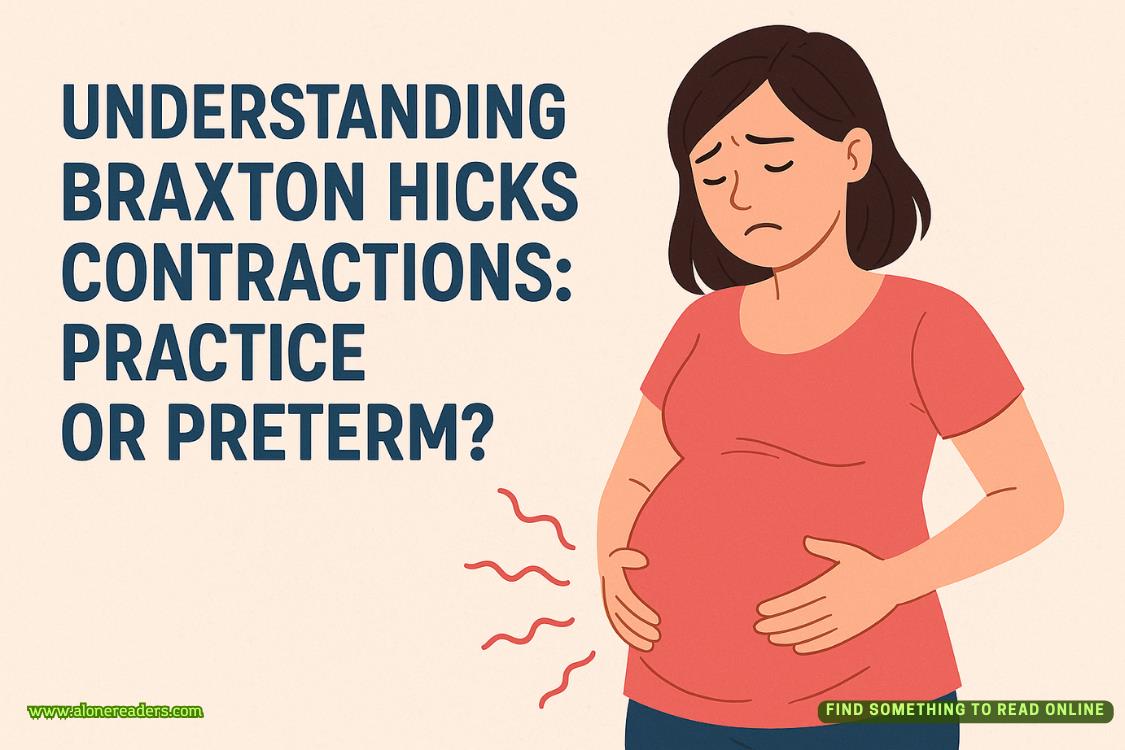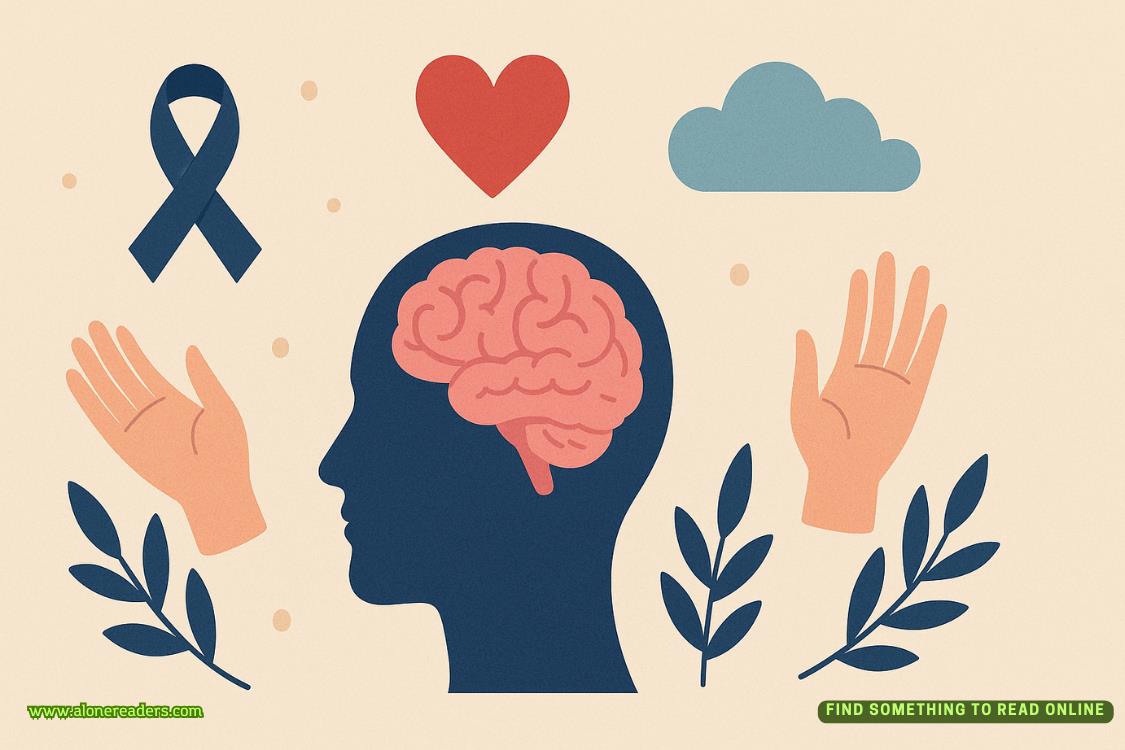Page 10 of The Flames Between Us
"I'm going to ask you to recall the Henderson fire," she says gently. "But not the whole memory—just fragments. And any time it becomes too intense, we'll return to the present moment. Is that alright?"
I nod, eyes still closed.
"First, just picture arriving at the scene. The truck, the equipment, the exterior of the house. Notice any physical sensations that arise."
The image forms easily in my mind—nighttime, flames already visible through the roof, neighbors in robes and pajamas on the lawn. My chest tightens immediately.
"I feel it," I say. "The tightness."
"Where exactly?" she asks.
"Center of my chest. Like something heavy sitting on it."
"Good. Now, without trying to change that sensation, just observe it. Is it moving or still? Hot or cold? Sharp or dull?"
I focus on the discomfort. "Heavy. Cold. Spreading outward."
"Now, while maintaining awareness of that sensation, shift your attention to your feet on the floor. Feel the solid support beneath you. This is happening now, in this safe space."
The dual awareness is strange—acknowledging the memory response while simultaneously registering my actual, current physical safety.
"Let's continue," she says after I've had a moment with this. "Move forward in the memory, just to entering the house. What physical sensations arise?"
As I picture stepping through the front door, the cold in my chest intensifies. My breathing quickens.
"Cold getting worse," I manage. "Hard to breathe properly."
"Stay with your breath," she guides. "In for four, out for six. The memory can't hurt you here."
We continue like this, moving through fragments of the memory while she keeps me anchored in the present moment through physical awareness. When we reach the critical moment—the ceiling beam, Henderson's face, my paralysis—my body goes into full alarm. Sweat breaks out on my forehead, and my hands curl into fists.
"I can't," I say, eyes still closed but voice tight. "This part—I can't do it."
"That's perfectly fine," Everly says immediately. "Open your eyes and look around the room. Name five things you can see."
I blink, disoriented for a second. "Your desk. The window. That plant in the corner. Your degrees on the wall. Your..." I pause, noticing a photo I hadn't seen before. "Is that you on a mountain?"
She smiles. "Kilimanjaro, two years ago. Good observation. How's your breathing now?"
I realize the worst of the physical reaction has subsided. I'm back in her office, grounded in the present.
"Better," I admit. "That was... intense."
"You did extremely well," she says. "Most people can't tolerate that level of exposure in a second session."
There's that warmth again at her approval. I push it aside.
"What's the point of all that?" I ask, though without the defensiveness that would have colored the question days ago.
"Several things," she explains. "First, you're learning that you can experience these physical reactions without being overwhelmed by them. Second, you're creating a distinction between the memory and your present reality. And third, you're gradually desensitizing your nervous system to the traumatic content."
When she puts it that way, it doesn't sound like mystical therapy nonsense. It sounds like training, like building a skill.
"Will this help me not freeze up next time I'm facing a similar situation?" I ask, the real question finally emerging.
"That's the goal," she confirms. "But it's a process, not an instant fix. Your mind and body learned this response for a reason—they were trying to protect you. We need to teach them there are better ways to keep you safe."
I consider this. "So we keep doing... whatever that was?"















